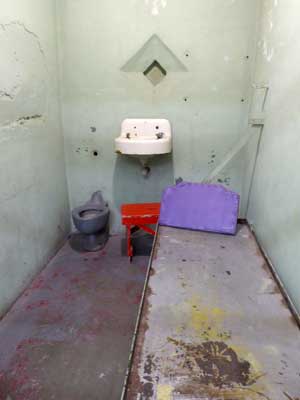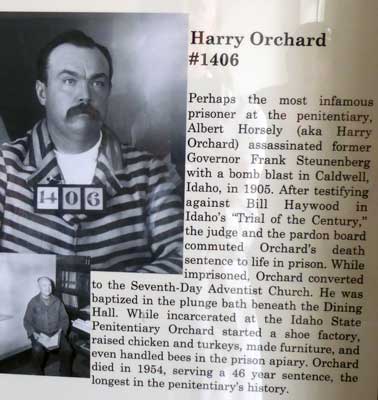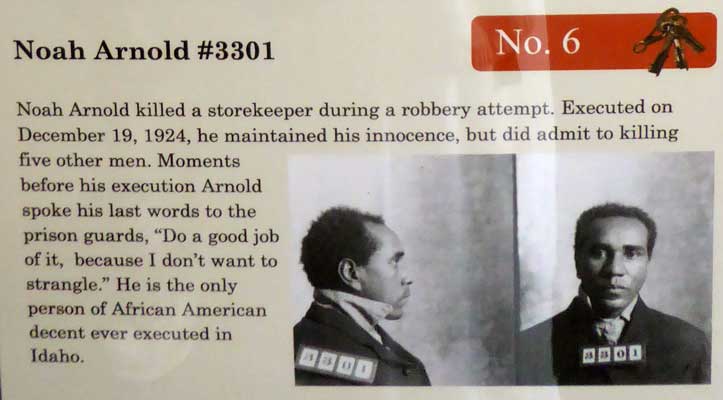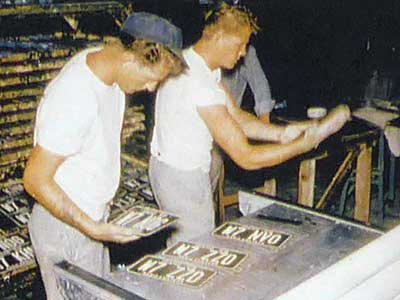BOISE (Day 5 - part 9)


The basketball court with #2 House and front wall (left photo) and #5 House
Cell House #5 (completed in 1954) was maximum security where the most unruly and violent offenders stayed. Inmates here were kept completely separate from the general population. Death Row and the indoor gallows were on the second floor.





Guard access hallway


Enclosed exercise yard


Upstairs






The Witness Room, looking into the gallows room. The condemned man stood on the trap door. With his hands and feet bound, a hood would be placed over his head. The noose, suspended from above, was placed around his neck and an executioner pulled the lever, opening the trap door.
In 1978, the governor changed the legal form of capital punishment from hanging to lethal injection, and in 2009, death by firing squad was legally removed as an option, even though it had never been used in the state's history.








(1) The first execution on-site took place in 1878. Before statehood, most executions took place at the county level. In 1899, the state legislature passed a law providing that all executions be carried out at the penitentiary.
(2-7) From 1900-1926, six hangings took place in the prison yard (now the rose garden). The New Cell House contained the death row cells and the condemned inmates could look out and see the gallows.
(8-9) No executions occurred again until 1951, and those were outside the prison wall.
(10) The last on-site execution was in the #5 House gallows in 1957.

The rose garden gallows












This room is located underneath the trap door.


At 12:20 am on October 18, 1957, two doctors pronounced Raymond Snowden (the only inmate hung here) dead in this room. He was buried in the prison cemetery the next day.
Built by inmates, the Multipurpose Building was completed in 1923 and became the shirt factory and employed around 170 men. It also housed the communal showers (so the men no longer had to bathe in the unsanitary plunge baths).
In 1933, it was closed due to interstate commerce laws. During the Great Depression, people believed that convict labor and goods should not compete with 'honest' laborers. The building then became the recreational hall, hobby shop and, in 1943, the laundry. Later, after being a license plate factory known as the Tag Plant, the building served as the loafing room, where inmates could play cards after work, or use the gym equipment and boxing ring.








return • continue

